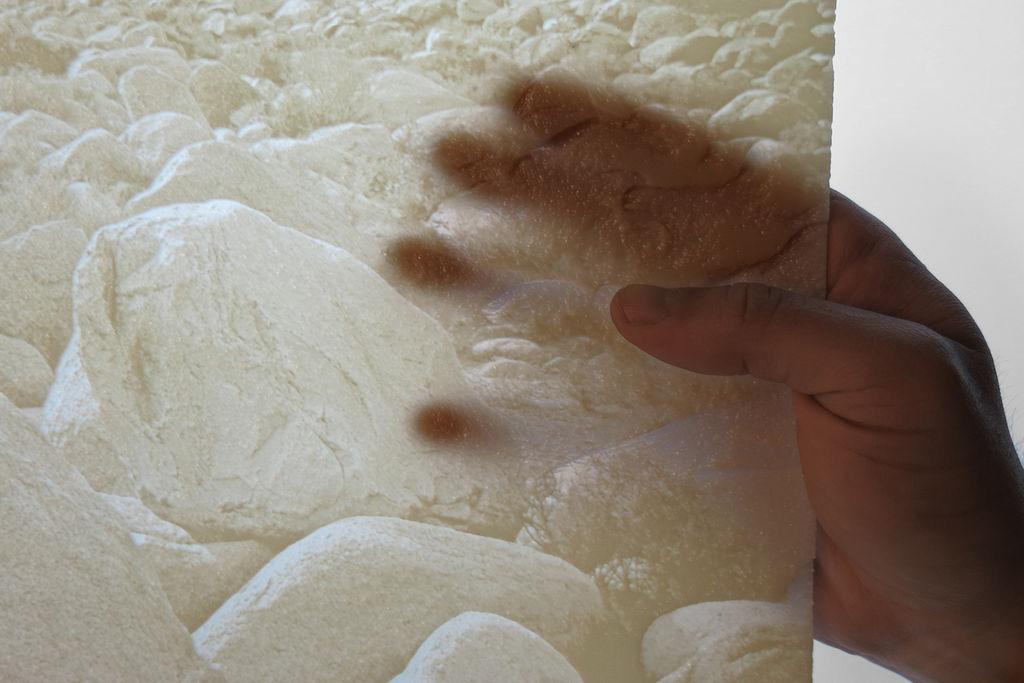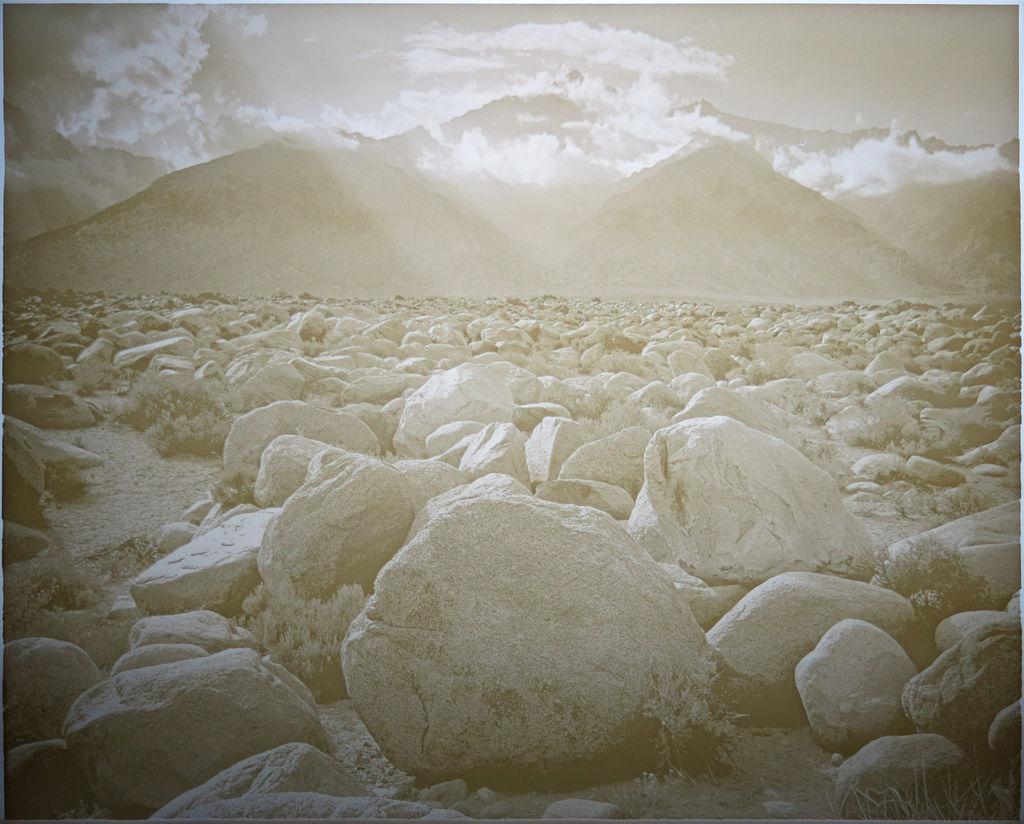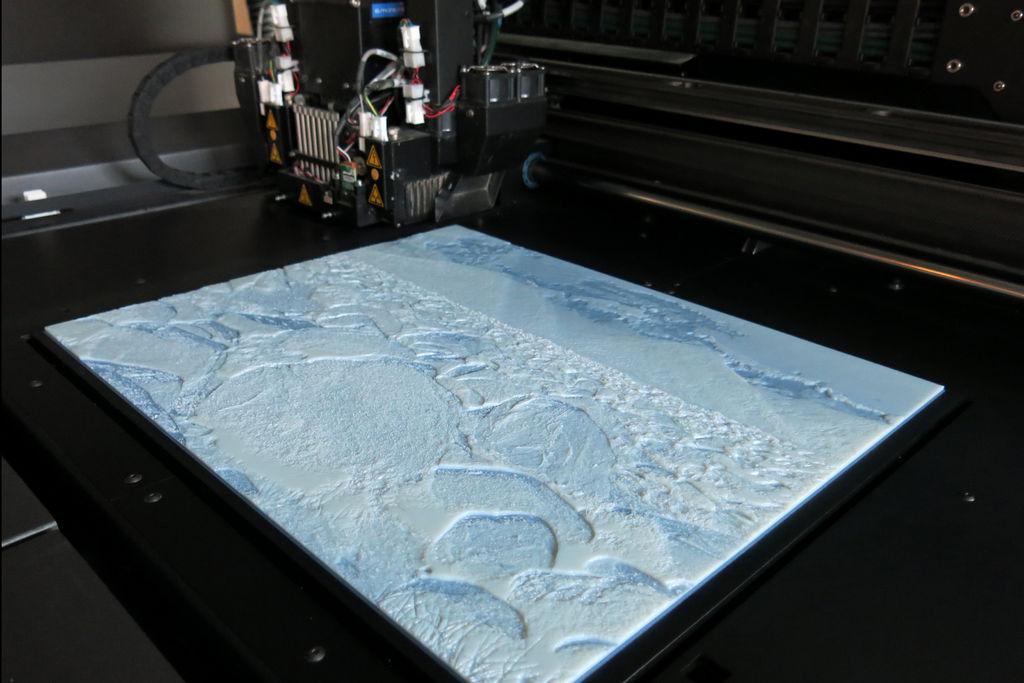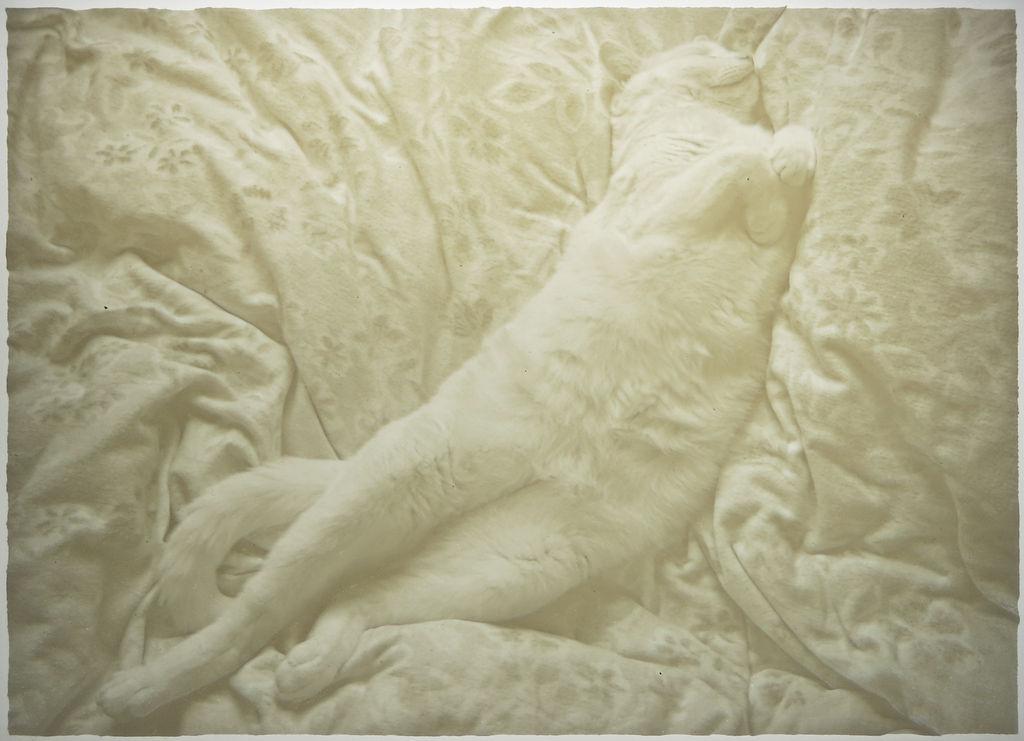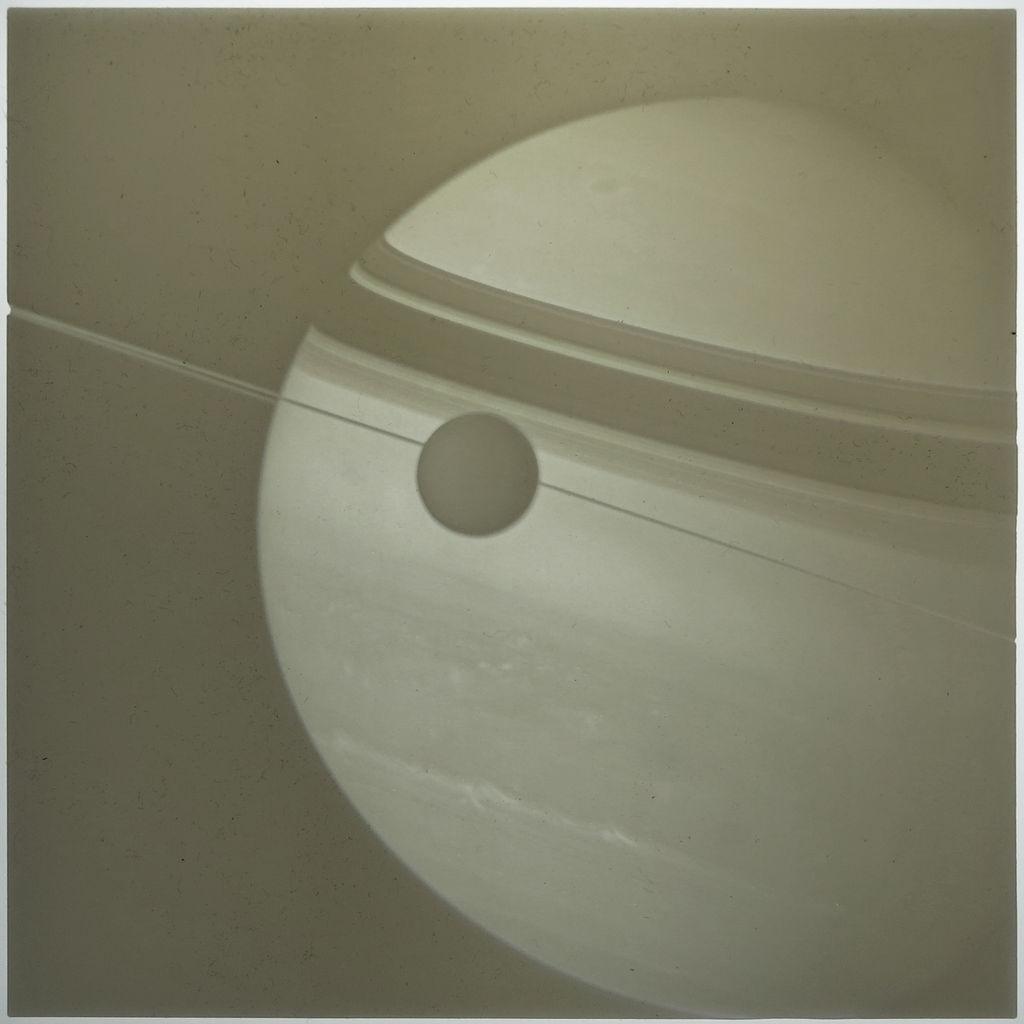 Photography has been around since the early 1820s, when French inventor Nicéphore Niépce, came up with a way of photoetching an image. His images required a ridiculous amount of exposure time in order to develop correctly. Some of Niépce’s photos required an 8 hour exposure time, while others needed several days. Boy, has photography advanced quite far in the past 200 years. Today, everyone has access to high definition digital cameras that can take a photograph faster than you can say “cheese!”. While it seems as though we have reached a point where very little further improvement and advancement is needed, without a doubt we will continue to see unique innovation within the field.
Photography has been around since the early 1820s, when French inventor Nicéphore Niépce, came up with a way of photoetching an image. His images required a ridiculous amount of exposure time in order to develop correctly. Some of Niépce’s photos required an 8 hour exposure time, while others needed several days. Boy, has photography advanced quite far in the past 200 years. Today, everyone has access to high definition digital cameras that can take a photograph faster than you can say “cheese!”. While it seems as though we have reached a point where very little further improvement and advancement is needed, without a doubt we will continue to see unique innovation within the field.
Could 3D printing somehow be one way in which photography can advance further? Certainly the two technologies could intersect at some point. One artist, named Amanda Ghassaei, has come up with a unique method of combining traditional photography with modern-day 3D printing.
Ghassaei has taken greyscale photographs, that look similar to what you may see in your grandparents’ photo album, and converted each individual greyscale pixel into a 3-dimensional pixel that is thicker (raised higher) based on the degree of darkness. If a pixel is dark, its 3-dimensional counterpart will be very thick. The darker the pixel is, the thicker it will be, while the lighter pixels remain quite thin.
“These 3D models were generated algorithmically from processing using the ModelBuilder library by Marius Watz. This library allows you to save 3D geometries in the STL file format, STL files that form a watertight mesh can be printed by a 3D printer,” explained Ghassaei.
Ghassaei then uses a Stratasys Objet Connex500 3D printer to print the 3D replicas of these greyscale photos, using a rigid, semitransparent white material. When light is added to the final prints, it results in a highly precise replica of the original photograph, as you can see in the photos. The light passes more easily through those thin sections of material, while having a more difficult time passing through the thicker portions. This creates a very unique look.
“These prints may be indecipherable when viewed from the side, but when backlit with a diffuse light, they recreate images with surprisingly high precision and even add some subtle dimensionality and texture to the scene,” wrote Ghassaei.
If you wish to try and create your own 3D printed photography, you can get started by viewing Ghassaei instructions here. Is this the future of photography? Probably not, but innovations like this definitely add dimension and character to traditional photographs. I know I personally would love to have one of these hanging on the wall, or perhaps over a window in my office.
What do you think about this unique method of creating photographs? Discuss in the 3D printed photograph forum thread on 3DPB.com.
[Source: instructables]Subscribe to Our Email Newsletter
Stay up-to-date on all the latest news from the 3D printing industry and receive information and offers from third party vendors.
Print Services
Upload your 3D Models and get them printed quickly and efficiently.
You May Also Like
3D Printing News Briefs, July 2, 2025: Copper Alloys, Defense Manufacturing, & More
We’re starting off with metals in today’s 3D Printing News Briefs, as Farsoon has unveiled a large-scale AM solution for copper alloys, and Meltio used its wire-laser metal solution to...
Etsy Design Rule Change Reduces Selection of 3D Printed Goods
Online marketplace Etsy has implemented a rule change requiring all 3D printed goods on the site to be original designs. The update to the site’s Creativity Standards states, ¨Items produced using...
Siraya Tech Introduces New Elastomer 3D Printing Materials, Including Foaming TPU
California company Siraya Tech, founded in 2019 with a focus on material science, customer focus, and agility, develops high-quality 3D printing materials that meet the needs of creators, hobbyists, and...
3D Printing News Briefs, April 12, 2025: RAPID Roundup
The news from last week’s RAPID+TCT in Detroit just keeps on coming! That’s why today’s 3D Printing News Briefs is another RAPID Roundup of more exciting announcements from the trade...


